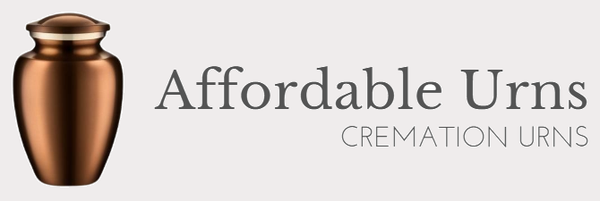How Urns for Ashes Have Evolved Over Time

For as long as humanity has been around we've always sought out ways to honour our deceased loved ones. There have been, and still are many different ways to honour someone after their passing. From different cultural to religious methods, our ways of honouring and remembering our loved ones after they pass away have evolved and changed over time. This article will explore just some of the many different changes that have happened and specifically how urns for ashes have evolved throughout history.
The Earliest Urns for Ashes
The earliest known urns for human ashes have been found from the time periods of ancient Greece all the way back to about 3000 BC. Many different cultures and religions have used urns for ashes and have used cremation as a way of taking care of the deceased in their society. What early urns for ashes have been made out of primitive pottery and ceramic. These differ to modern ceramics urns as they were normally handcrafted and quite often not decorated in any sort of way due to the early tools available to these societies. The earliest use for urns was to store the ashes of recently cremated people as a sign of respect towards the deceased.
How did Urns for Ashes Evolve?
As urns were in use during the Bronze Age, mediaeval age and even up to the Renaissance, mainly the only part that evolved was their design. As the tools used to make the urns developed and there was more space and knowledge for artists to flourish, urns for ashes began to take a more artistic representation. Some of the urns during this era were truly beautiful to behold and could be considered impressive works of art. Not all cultures and religions were receptive of this way to honour the deceased, and some even outlawed it entirely. This was particularly the case during the Roman Empire as Christianity took dominance around the time of 400 A.D. In other parts of the world such as India, urns for ashes were a revered way of honouring their dead. They were even known to scatter the ashes of their loved one in their holiest of rivers, the Ganges river.
Modern Urns and Their Advantages
In the modern time, urns for ashes are able to be made from a wide variety of different materials. These materials include, but are not limited to, metals such as aluminium and brass, ceramic, wood, glass, marble and much more. They also come in a wide variety of different designs that would never have been seen in the past. Due to the wide availability of different materials, urns for ashes in the modern era are more diverse and unique than ever before. There are also customisation options available for modern urns that would not have been very easy or even possible for urns in antiquity. This includes methods for customization and personalisation such as laser engraving. Modern urns also employ better processes for making urns for ashes and the sourcing and moulding of the materials used which lead to stronger and more hard wearing urns which last for longer.
As urns have changed from antiquity to the modern era, they have remained a truly beautiful and special way of honouring the memory of a loved one. Affordable Urns provides Australians with cost effective urns for ashes while maintaining the best quality to ensure anyone can have access to a proper way to honour their loved ones memory. If you are looking for a new cremation urn, take a look at our site to find the perfect urns for ashes for your beloved.
